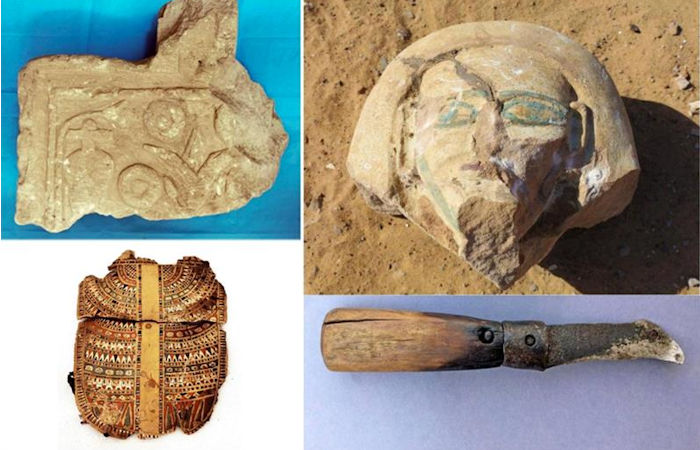Jan Bartek – AncientPages.com – A team of archaeologists excavating in Aswan, Egypt has unearthed 20 mummies in ancient burial chambers.
According to Ahram Online, “The first part is a rectangular building containing the entrance built above ground from sandstone blocks covered by a vault of mud bricks.

Credit: Ahram Online
The second part leads from the entrance to a rectangular courtyard carved from the rock in which four burial chambers are located.
About 20 mummies were found in the burial chambers, the majority of which are still well preserved.
“It is a mᴀss grave that includes more than one family,” said Patrizia Piacentini, professor of Egyptology at the University of Milan and head of the mission on the Italian side.
She added that many important archaeological artifacts were unearthed from the Greco-Roman era, including offering tables, stone panels written in hieroglyphic script, a copper necklace engraved in Greek, a number of wooden statues of the Ba bird, and parts of colored cartonnage (a material used in funerary masks).
See also: More Archaeology News
During the archaeological survey in the area, a number of coffins were found in well-preserved condition, some of which are made of clay and others of sandstone.”
There is little doubt new exciting archaeological finds will be reported from this region in the near future.
Written by Jan Bartek – AncientPages.com Staff Writer





